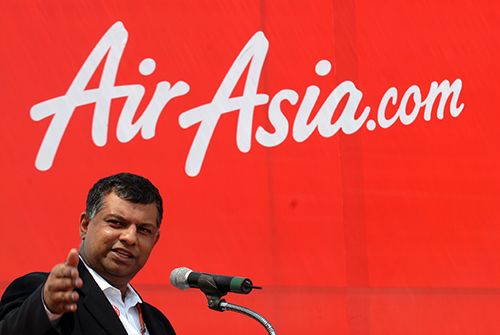By BA Staff
Alaska Airlines announced it successfully completed the International Air Transport Association's (IATA) Operational Safety Audit (IOSA) and has been renewed on the IOSA Registry. The airline has been on the registry since 2006.
Brad Tilden, Alaska Airlines CEO said:
Tom Nunn, Alaska Airlines' vice president of safety said:"The IOSA audit is a comprehensive assessment that validates the safety, quality and operating standards in place at Alaska Airlines."
The IOSA program contributes to improved aviation safety worldwide by establishing a universally accepted set of safety audit standards. Preparing for and completing IOSA registration is a condition of membership in IATA, which represents more than 94 percent of international airline passenger traffic.
Alaska Airlines announced it successfully completed the International Air Transport Association's (IATA) Operational Safety Audit (IOSA) and has been renewed on the IOSA Registry. The airline has been on the registry since 2006.
Brad Tilden, Alaska Airlines CEO said:
"Ensuring the safety of our customers and employees is core to our responsibility. Meeting this internationally recognized benchmark is one of many ways we maintain our unwavering commitment to safety."The IOSA Registry is a key element of IATA's efforts to promote global airline operational safety. To achieve IOSA registration, Alaska Airlines satisfied more than 900 standards in eight operational areas, including flight operations, operational control, flight dispatch, aircraft engineering and maintenance, cabin operations, aircraft ground handling, cargo operations and operational security.
Tom Nunn, Alaska Airlines' vice president of safety said:"The IOSA audit is a comprehensive assessment that validates the safety, quality and operating standards in place at Alaska Airlines."
The IOSA program contributes to improved aviation safety worldwide by establishing a universally accepted set of safety audit standards. Preparing for and completing IOSA registration is a condition of membership in IATA, which represents more than 94 percent of international airline passenger traffic.












